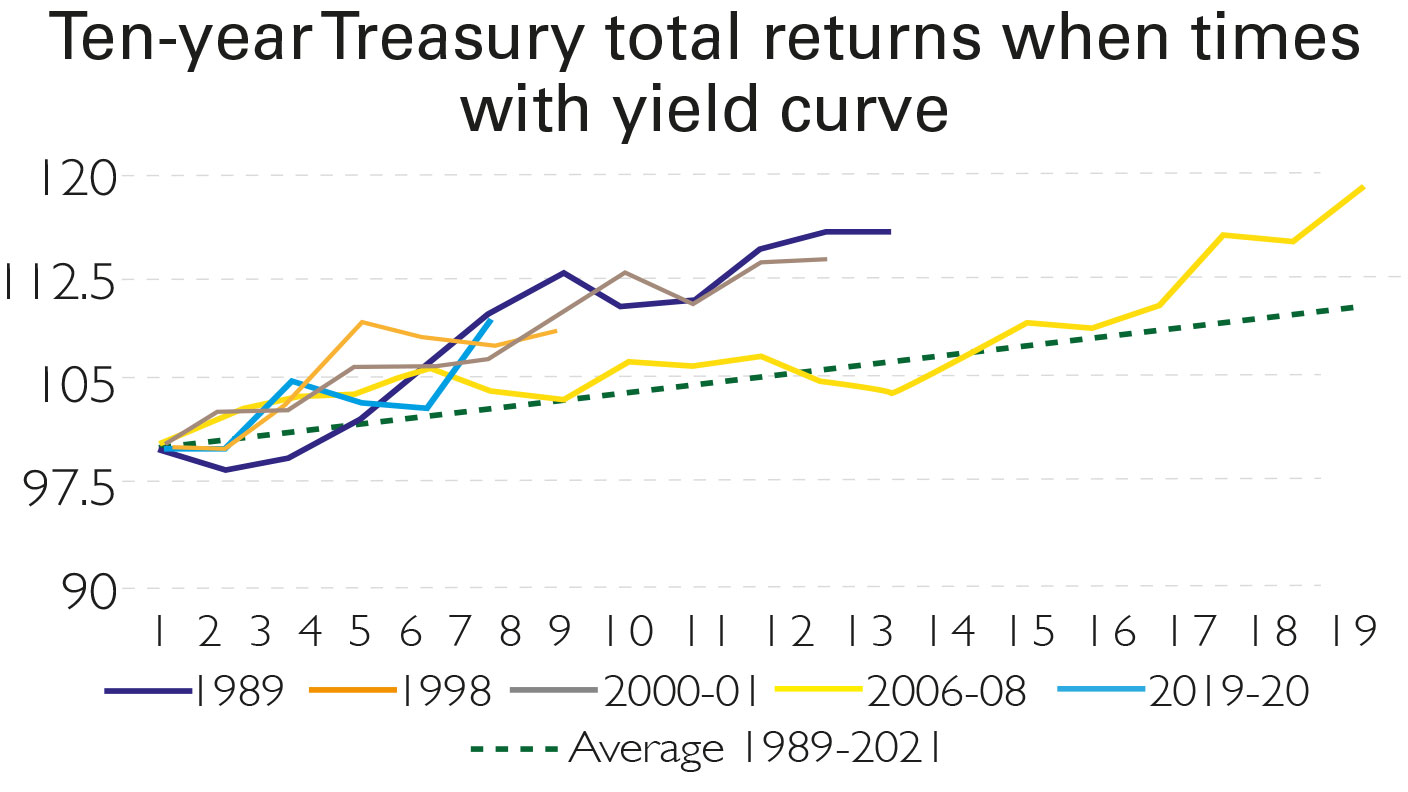The investments to buy when markets start to crack
Rising inflation has central bankers between a rock and a hard place. Here’s how to protect your wealth, says Philip Pilkington.

The debate over whether inflation is transient or not is coming to an end. Most economists and central bankers have woken up to the fact that it may stick around for longer than they first thought. Price rises and shortages now seem to be building on themselves. Even The Daily Star recently highlighted arbitrage in the eBay market for Walkers crisps under the headline “Crisps Crisis”. Central banks are bracing themselves accordingly.
A few months ago, the inflation debate was all about whether inflation was “transient” and due to short-term price increases driven by economic reopening; or structural and caused by deep economic disruptions caused by government responses to the pandemic. I had thought it was the former, but by September, I had changed my mind. Since then even more evidence has emerged to back the “structural” case.
Team transient is on the ropes
The first thing we would expect if inflation were being driven by government responses to the pandemic is that supply chains would be disrupted. That is, the smooth flow of goods through the market would be impeded by various interventions and regulations, resulting in shortages and price rises. This is exactly what we are seeing.
MoneyWeek
Subscribe to MoneyWeek today and get your first six magazine issues absolutely FREE

Sign up to Money Morning
Don't miss the latest investment and personal finances news, market analysis, plus money-saving tips with our free twice-daily newsletter
Don't miss the latest investment and personal finances news, market analysis, plus money-saving tips with our free twice-daily newsletter
Consider the Baltic Dry index (BDI). This tracks the prices paid for the transport of dry bulk materials across the global economy – this is the beating heart of global supply chains. The BDI first spiked in May, with the index surging by more than 400% year-on-year. This sounds extreme, but it’s not unusual when the global economy enters and then exits a recession – in November 2009, as the global economy began rallying from the financial crisis, the BDI rose by more than 320%.
Yet today, the BDI remains stubbornly high – up more than 150% on last year. And global supply disruptions can be clearly seen just by looking at the ships queueing to enter ports in the US.
Vaccine mandates could drive wages much higher
There are also early signs of a wage-price spiral. These occur when prices rise, and workers bid wages higher to maintain their spending power. Companies then raise prices even further to offset rising wage bills. This is how inflation becomes deeply ingrained in the economy.
In the US, small businesses are now facing spiralling input costs plus record numbers of planned pay rises, reports the NFIB Small Business Association. This is no surprise given that the producer price index, which tracks the prices faced by producers (also known as “pipeline” inflation) is rising at its fastest rate since 1981, while the consumer price index rose at an annual rate of 6.2% in October, the highest since 1990.
The situation looks set to get worse. I recently asked some economist acquaintances based in the US about the impact they thought the Biden administration’s vaccine mandate would have on the labour market. They guessed that only around 1% of the workforce would be affected. But when public sector workers became subject to mandates in New York at the end of last month, nearly 10% of them were still unvaccinated.
As these mandates spread through the private sector, the disruption could be catastrophic. With large numbers of workers effectively “locked out” of work in certain sectors, wages are almost certain to rise.
Mr Market forgets the long cycle
After slumbering through the initial inflationary signs, markets are starting to react – and quickly. At the start of September, markets expected the US Federal Reserve to have raised the key US interest rate to 0.5% by August 2023. By the end of October, the market had pulled that forward to December 2022, with a rate of around 1% predicted for August. In short, markets are pricing in faster central bank responses almost every few days.
Yet – as anyone who has observed markets for more than a few months will know – markets have short memories. Talk of inflation is in vogue these days. But back before the pandemic, the hot topic was the fragilities that low interest rates had introduced into markets. The economic cycle had lasted a long time. In the first quarter of 2020, before the virus became an all-consuming obsession, the US economy had seen ten years of consistent growth.
To put that in perspective, the previous cycle had only lasted six years. Low interest rates along with this long cycle gave financial markets ample time to load up on borrowing. Private debt-to-GDP in the US rose from its cyclical low of 204% in 2014 to 218% in 2019 – not far off its peak of 225% in 2009. There was talk of an “everything bubble”, generated by the long cycle and low rates.
A generous assessment of the market’s seeming forgetting of this entire period is that we had our recession in 2020. But in a proper recession, you expect to see financial markets crash, bankruptcies soar and borrowing rates crater. That’s not what happened last year. Financial markets briefly slid, but quickly rallied. Bankruptcies rose, but not to levels typically seen in recessions. Meanwhile, borrowing grew substantially; US private debt-to-GDP hit a new record high of 235%.
A central banker’s dilemma
Central bankers meanwhile seem less keen on rate rises than markets imply. Historically speaking, this is unusual. Central bankers (in theory at least) view their main job as being to control inflation. This usually leads them to overreact to inflation, not under-react.
So why are they apparently relaxed today? Some argue that after a decade of stagnation, central banks have become fixated on the prospect of deflation and are ignoring the risk of inflation. There may be some truth to this. But it’s probably more accurate to say that central bankers understand only too well what an extended period of low interest rates has done to the financial system. Any sober assessment leads to an obvious conclusion: markets have become overextended due to low borrowing costs and are now very fragile.
In short, central banks are between a rock and a hard place. A decade of unrestrained monetary easing has encouraged markets to throw one of the wildest parties in memory. But now, because of government responses to the pandemic, supply chains are collapsing and inflation ticking up. Do central banks raise rates to try to choke off inflation – but risk a financial crisis? Or do they sit tight and wait for supply disruptions to heal themselves – but risk potential spiralling inflation?
So far, they have opted for the latter, vaguely signalling that they will end the most aggressive monetary easing of the pandemic period, but remaining wary of promising too much by way of higher rates. How long can they maintain this stoic but somewhat insincere posture? Probably not long.
Wait until the yield curve inverts, then buy bonds
How should investors react? An environment of rising rates is best viewed as one of rising risk. As rates rise, the risk of the economy falling into recession or markets blowing a gasket rises too. If risk is rising, the answer for investors is to become more conservative. As the old investing adage has it: the best way to make money is to first ensure that you don’t lose it.
Becoming more conservative in a riskier environment should not be viewed as a cop out, however. Stuffing money under the mattress might be better than aggressively borrowing it and throwing it at the most overvalued stocks – but it is still less than optimal. The ideal would be to find an asset class where investors can shelter and profit while waiting for the storms to pass. Played properly, US government debt – Treasury bonds – can do just that.
That may come as a surprise. After all, Treasury bonds will initially lose value as interest rates rise – bond prices and rates move inversely. But at a certain point, rates will hit a maximum (which is probably not that high given current levels of debt). Typically, this happens around about the time that the economy and markets start to stutter. At this point, the central banks will switch toward easing.

Timing markets is usually a mug’s game. But in this case, historical data shows us an unusually clear signal as to when this takes place. It is at the point at which the yield curve inverts. A yield-curve inversion takes place when interest rates on short-term bonds rise above interest rates on long-term bonds, implying that markets believe a recession is coming. Investors usually pay closest attention to the gap between the three-month Treasury bill rate and that on the ten-year bond. The chart below shows what has happened on the last five occasions that investors bought ten-year Treasuries in the first month of the yield curve inverting.
As you can see, returns on US Treasuries when bought on this signal are typically higher than they otherwise would be (dotted line). Within six months of a yield curve inversion, returns on ten-year Treasuries are usually around 10%. After a year, they are typically around 15%. To get even more dramatic effects – albeit while running more risk if the strategy does not work – an investor can buy even longer-dated Treasuries; say, 30-year bonds. Note that this strategy is far more reliable in US government bond markets than in the UK.
Using US bonds also gives investors exposure to the US dollar, which usually rises in value when financial turbulence raises its ugly head. Past returns do not guarantee future returns – history is never a perfect guide. But using a yield-curve-led strategy to buy US Treasuries is logical and has paid out in previous cycles.
Philip Pilkington is a macroeconomist and investment professional. He is the author of the book The Reformation in Economics and blogs at Fixing the Economists and on Twitter @philippilk
Get the latest financial news, insights and expert analysis from our award-winning MoneyWeek team, to help you understand what really matters when it comes to your finances.
Philip Pilkington is a macroeconomist and investment professional. He is the author of the book The Reformation in Economics, and blogs at Fixing the Economists and on Twitter @philippilk
-
 Why Trustpilot is a stock to watch for e-commerce exposure
Why Trustpilot is a stock to watch for e-commerce exposureTrustpilot has built a defensible position in one of the most critical areas of the internet: the infrastructure of trust, says Jamie Ward
-
 Tetragon Financial: An investment trust with stellar returns
Tetragon Financial: An investment trust with stellar returnsTetragon Financial has performed very well, but it won't appeal to most investors – there are clear reasons for the huge discount, says Rupert Hargreaves
-
 Why Trustpilot is a stock to watch for exposure to the e-commerce market
Why Trustpilot is a stock to watch for exposure to the e-commerce marketTrustpilot has built a defensible position in one of the most critical areas of the internet: the infrastructure of trust, says Jamie Ward
-
 Tetragon Financial: An exotic investment trust producing stellar returns
Tetragon Financial: An exotic investment trust producing stellar returnsTetragon Financial has performed very well, but it won't appeal to most investors – there are clear reasons for the huge discount, says Rupert Hargreaves
-
 How to capitalise on the pessimism around Britain's stock market
How to capitalise on the pessimism around Britain's stock marketOpinion There was little in the Budget to prop up Britain's stock market, but opportunities are hiding in plain sight. Investors should take advantage while they can
-
 London claims victory in the Brexit wars
London claims victory in the Brexit warsOpinion JPMorgan Chase's decision to build a new headquarters in London is a huge vote of confidence and a sign that the City will remain Europe's key financial hub
-
 The consequences of the Autumn Budget – and what it means for the UK economy
The consequences of the Autumn Budget – and what it means for the UK economyOpinion A directionless and floundering government has ducked the hard choices at the Autumn Budget, says Simon Wilson
-
 Reinventing the high street – how to invest in the retailers driving the change
Reinventing the high street – how to invest in the retailers driving the changeThe high street brands that can make shopping and leisure an enjoyable experience will thrive, says Maryam Cockar
-
 8 of the best houses for sale with electric vehicle charging
8 of the best houses for sale with electric vehicle chargingThe best houses for sale with electric vehicle charging – from a converted World War II control tower in Scotland, to a Victorian country house in Cumbria
-
 Big Short investor Michael Burry closes hedge fund Scion Capital
Big Short investor Michael Burry closes hedge fund Scion CapitalProfile Michael Burry rightly bet against the US mortgage market before the 2008 crisis. Now he is worried about the AI boom